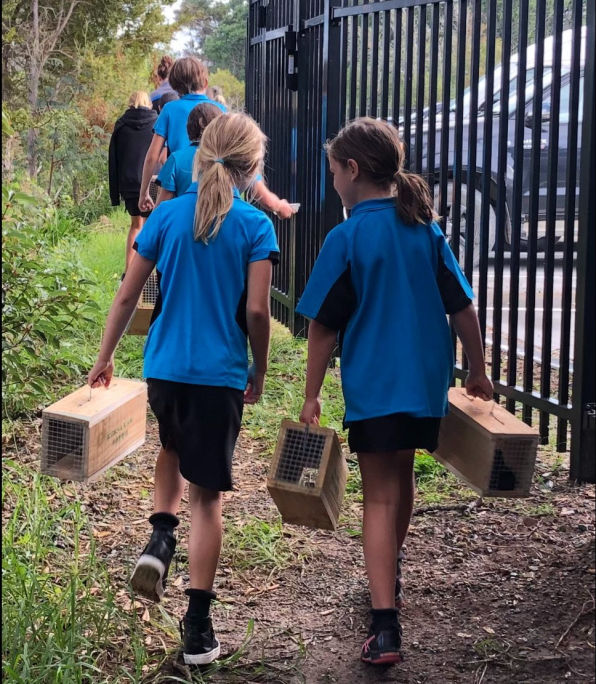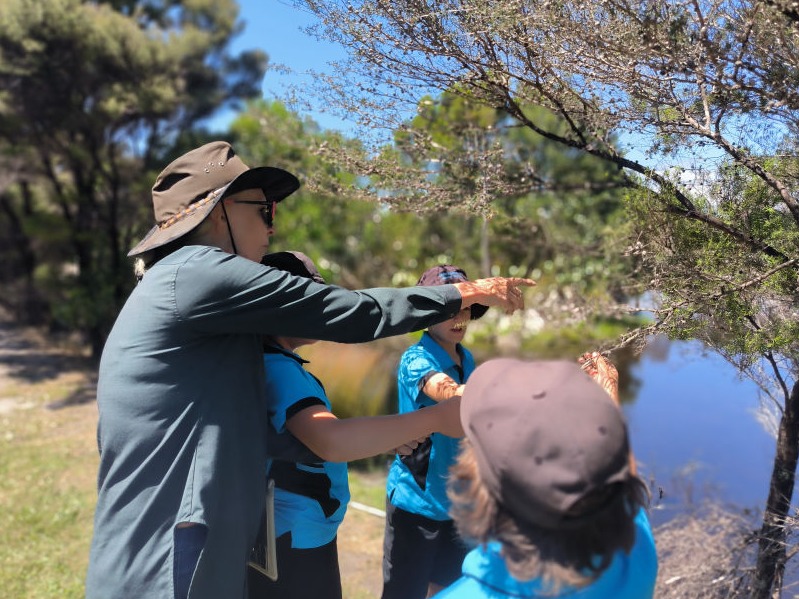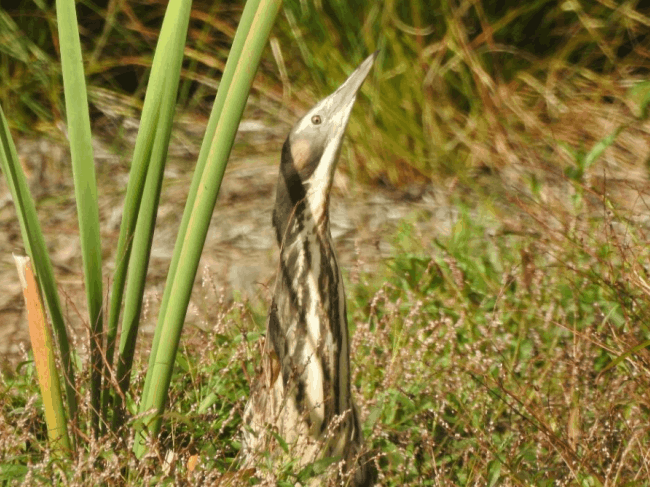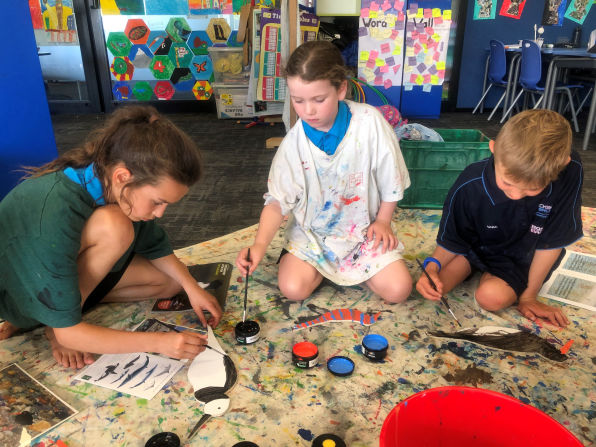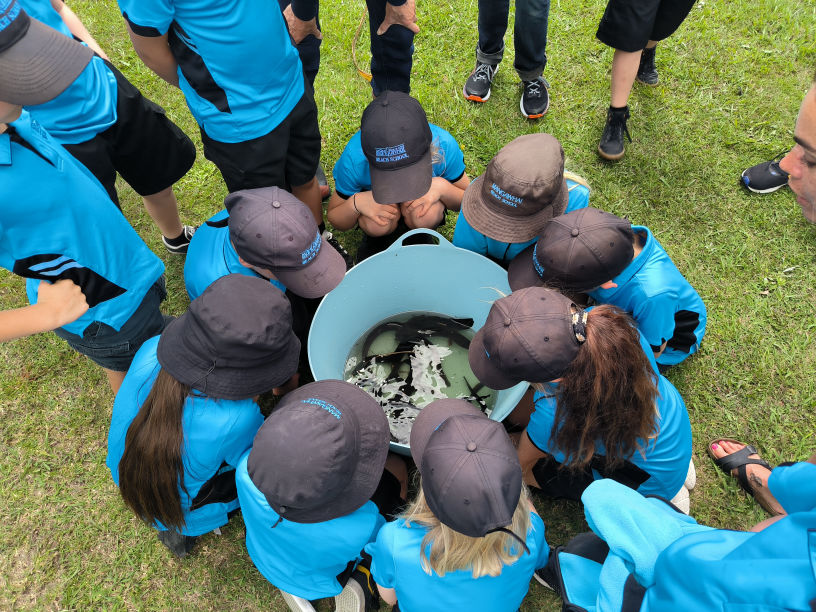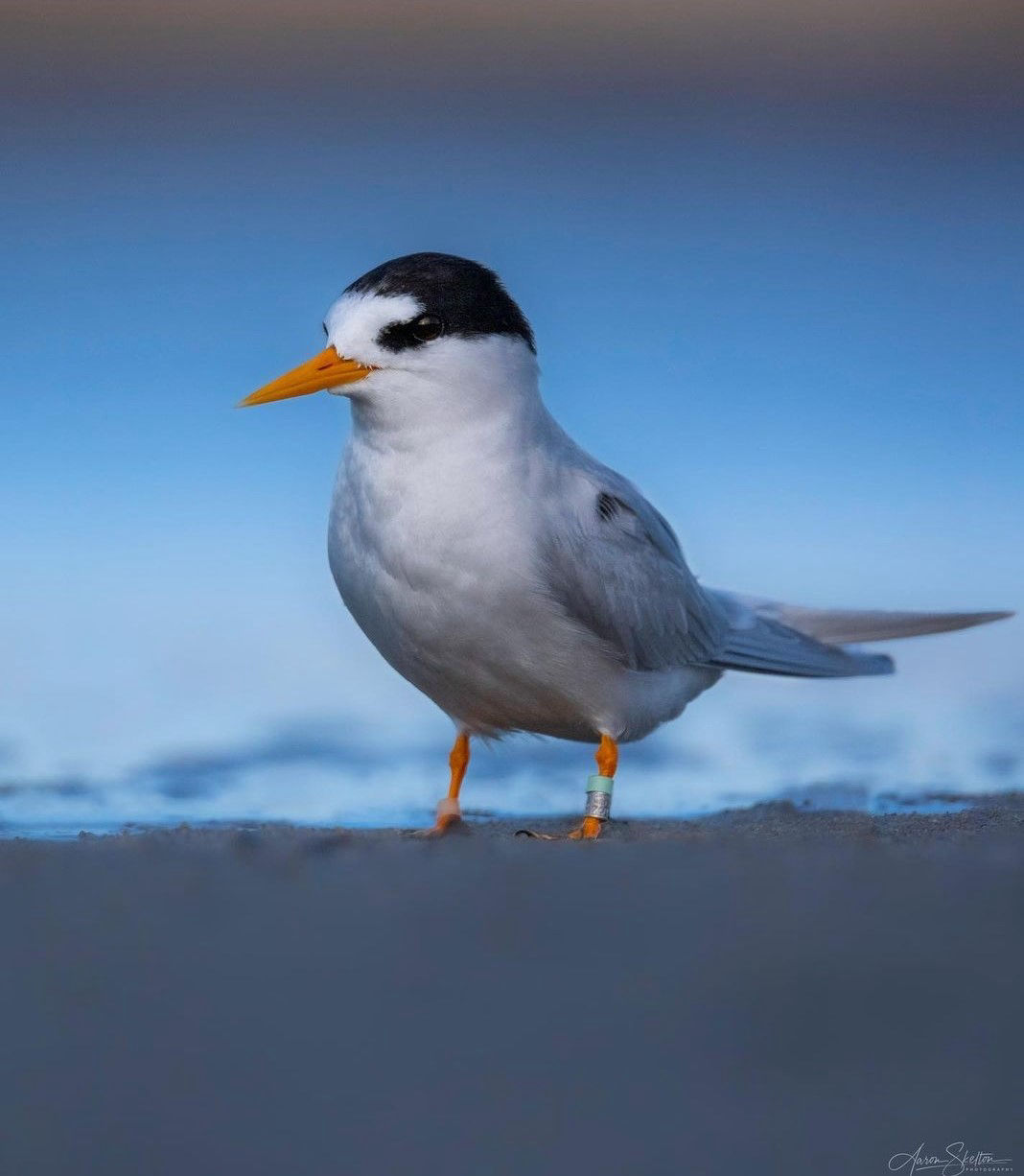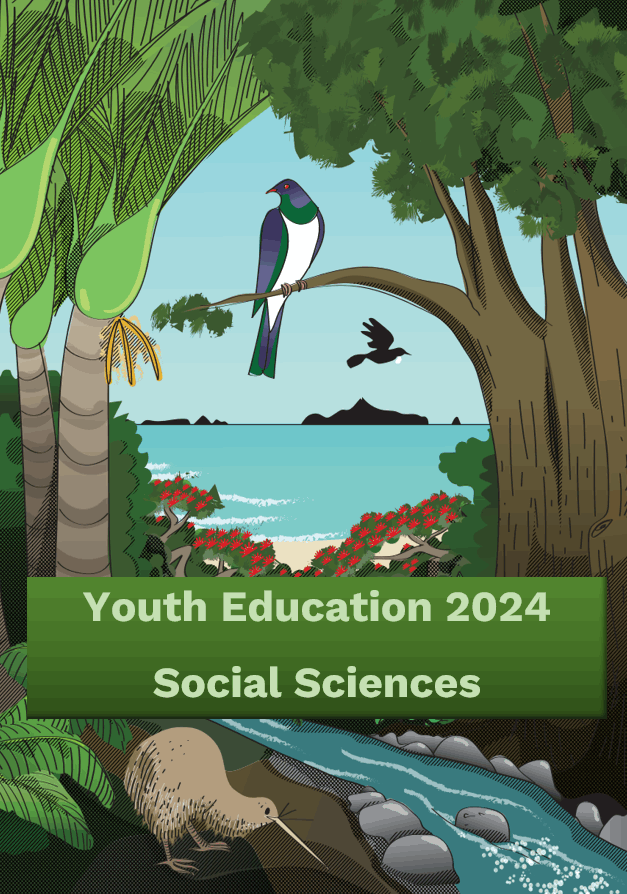
WORKING WITH YOUTH
We recognise the importance of raising awareness and understanding among young people and involving them in conservation focused activities in our area. Their enthusiasm and passion for the natural world are encouraging. Our focus is on supporting teachers provide hands on / practical activities that are part of the Conservation experience for students.
In 2022 we worked with the Mangawhai Beach School and Mangawhai Nature School to establish a rat trapping programme, art activities and a shorebirds programme, and with the Waipu Surf Club Rookie Camp where the focus was on shorebirds and dune planting as well as trapping. In 2024 we have expanded our offerings and support and reached several more schools in the area.
Below provides details on our curriculum followed by pictures and stories of our programme.
We have developed packages of curriculum- based activities that can be undertaken in the classroom, on the beach, in the bush and on school camps. We have people who have taught in schools with a raft of experience working with conservation and community-based volunteer groups. We are offering their expertise in the field and their understanding of how to achieve the goals you have set for the lesson or for the term.
All the offerings can be adapted to age levels and for species types upon request. These can be cherry picked to support what teachers are doing or they can become a package that is developed and fitted to the learning outcomes the teacher is aiming to provide.
Feel free to access our Teachers Hub including the overview documents and term focused Resource ketes HERE
